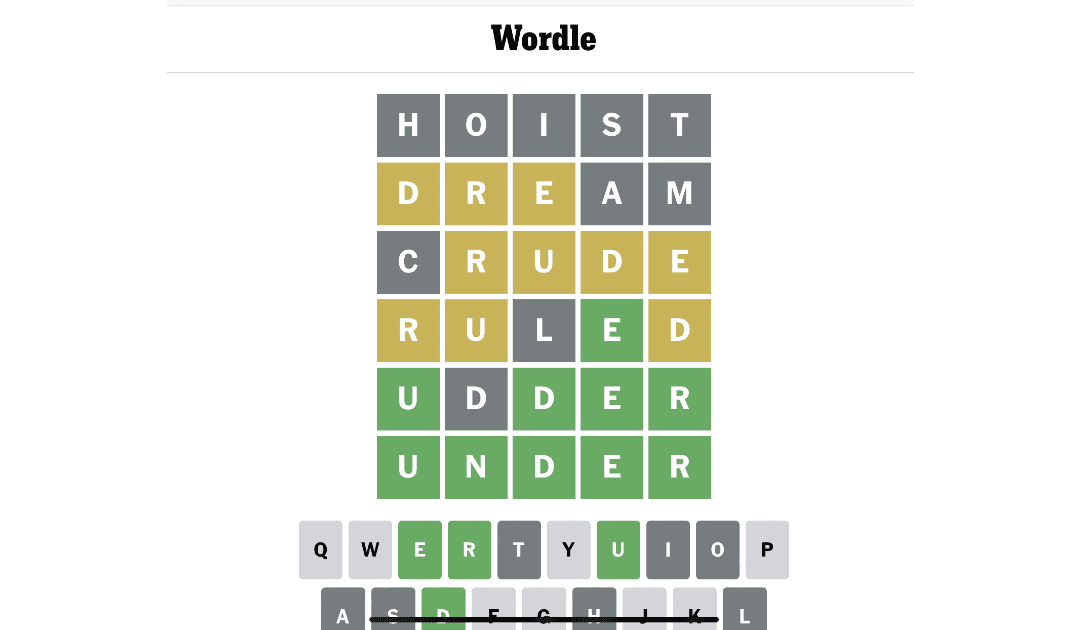Claire and I start most days with the New York Times Wordle puzzle. Then we move onto Quordle. Finally, after completing Sudoku, I feel my brain is ready for writing or researching. Judging by my facebook friends, Wordle is very popular. I post my results and then my friends add comments.
I’ve copied Claire’s strategy, and have been using words that will establish which vowels are in the target word. Now I’m going to change my strategy. It felt good to establish the vowels, but aren’t the consonants just as important? Perhaps they’re more important, there are more of them.
The hero of my historical fiction series, Sir Anthony Standen, used frequency analysis to crack the Spanish codes. During my research I read The Science of Secrecy by Simon Singh. That book informed the cipher cracking lessons that Walsingham’s secretary gave Sir Anthony. There is more to it of course, than simple frequency analysis. Certain letters often appear together, like QU or TH. Some letters rarely appear together, like BG.
I think the layer of which letters go together or don’t go together must come after the starting words. For example if T is the fourth letter, then it may well be followed by H. That’s just informed guesswork based on the initial frequency analysis.
Anyway, I’ve looked up the frequency with which letters appear. The Wikipedia article gives different frequency analyses for text and dictionary. I intend to start with words chosen to use the most frequently occurring letters from the dictionary. My assumption is that Wordle plucks random five letter words from a dictionary. I might be wrong. It is the New York Time’s puzzle. Perhaps it chooses random words from the newspaper.
I’ll experiment with both, and let you know how I get on. Happy puzzling!

